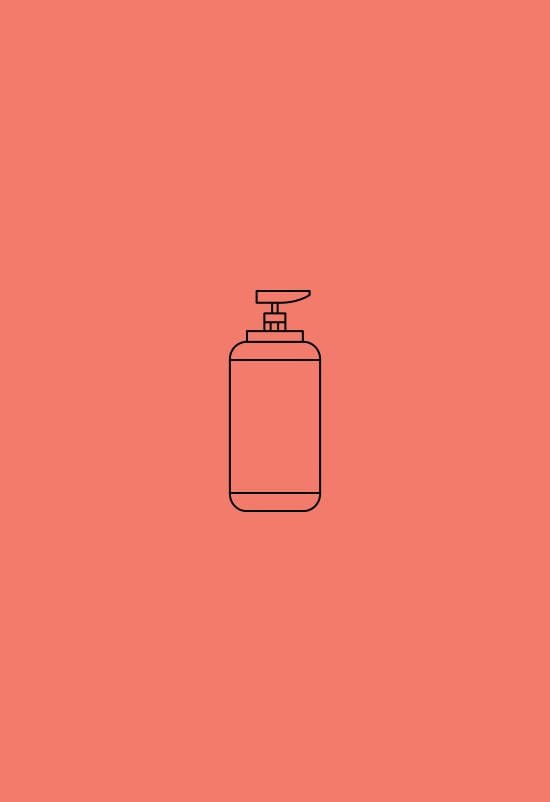This is part one of a three part series on building a retention program. The series comes from the mind of Alex Greifeld: the writer, marketer, and ecommerce operator behind the No Best Practices newsletter.
What is incremental revenue & why is it important?
What is the purpose of marketing? Ask around, and you’ll typically find as many different answers as there are marketers. Some will say brand building. Some will say engagement. And others will talk about driving revenue.
The truth is that they’re all partially right, but those answers miss out on something critical. The purpose of marketing is to create demand for a product that would not exist in the absence of marketing, and to do it profitably. All marketing requires some investment–people, time or media costs. And in business, if you invest resources, you expect something in return.
This is what incremental revenue measures:
The sales that were caused by marketing, and would not have happened in absence of marketing.
The irony is that many popular campaign KPIs, especially in digital marketing, don’t measure the incremental impact of what we do. I’ll give you an example:
Imagine that you own a shop that fixes flat tires. You’re the only business on a quiet, tree-lined lane that branches off your town’s main street. If someone drives down that lane it's because they have at least one flat tire, unless the person is totally lost.
You’re looking to drum up some additional business, so you start inquiring with marketing agencies around town. You receive a lot of pitches, but one really stands out. This agency guarantees that their services will generate a 90% view-through rate and a return on ad spend of at least 5x. If the campaign doesn’t hit these benchmarks you’ll receive a full refund.
Hearing those numbers you are SOLD! So what does this agency do? They set up an inflatable wavy arm man right outside the entrance of your shop. Does this achieve the promised metrics? Technically, yes. Does this generate any new business for you? Definitely not. The people who encounter the wavy man already have high purchase intent.

This is what a lot of digital marketing achieves. You launch a new channel or initiative that intercepts buyers who were already planning to buy. Your analytics attribute sales to that channel, but total sales for the business don’t go up. This is why incremental revenue is so important in measuring the true impact of your marketing–you want sales to go up.
Retention’s unique incremental revenue challenge
Retention marketing is particularly challenging because some of your existing customers will always return and buy again, even if you don’t do any marketing at all. This is an audience’s baseline response rate, and it’s why retaining an existing customer is more affordable than acquiring a new one.
Many brands don’t have visibility into the baseline conversion rate of their existing customers. When they launch a new retention program and see some sales come in, it’s easy to assume that the program caused those sales. But unless you create the right measurement framework, your program may be doing the same thing as the wavy arm man… nothing at all.
How to measure incremental revenue
The best way to measure incremental revenue is to compare the behavior of your target audience with and without exposure to your marketing campaign. You can do this through a method called holdout testing.
In holdout testing you define your audience and split it in half. One half of the audience–the test group–is exposed to your marketing campaign. The other half of the audience–the control group–does not receive the campaign. Aside from this one difference, you don’t change anything about the two audiences’ experience.
After the campaign launches, you analyze the conversion behavior of the two audiences. If the test audience converts at a higher rate, and that rate is statistically significant, you can reasonably assume that the marketing campaign was the cause. That is the basic framework for measuring incremental revenue, although there are more nuances if your test setup is more complex.
When you run holdout testing like this, you’ll quickly discover that there are four potential outcomes for a marketing program:
- Nothing happens: Your control and test audiences behave in roughly the same way, or your control audience outperforms the test audience.
- You shift demand: If the test is running over multiple days, both audiences have the same total conversion rate and demand, but the conversions from the test audience are shifted into a different day than the control.
- You drive incremental revenue: You see the same conversion rate from your test and control groups, but the test group spends more. This is a win because you are generating more revenue.
- You drive incremental conversions: Your test group converts at a higher rate than your control group. The average spend per customer in the test group is the same or higher than the test group. This is the holy grail: a marketing campaign that gets more people to buy at a higher AOV.
If you don’t use holdout groups at all, and simply rely on last click campaign performance, the “nothing happens” campaign will still look like it’s generating sales. And if you conduct a campaign-level holdout test the “shift demand” campaign will appear to drive a lift in sales, even though total sales don’t increase.
That’s why evaluating your retention campaigns based on incremental revenue is so important:
It’s the only way to know for sure that your marketing efforts are making sales go up.
Otherwise it’s easy to wind up in a situation where you run a lot of retention programs that appear successful but your sales still miss expectations–every marketer’s worst nightmare.
Now that we know how to measure success, part two of this series (coming soon) will help you identify the best opportunities within your customer file so you can launch a retention campaign that moves the needle.
Repeat is the "buy again" button for CPG brands like Olipop and Mid-Day Squares. We give returning customers a shoppable account history without needing a login. And because we integrate into existing SMS and email efforts, it's an easy way to improve and personalize your customers' reordering experience. Let's talk.












